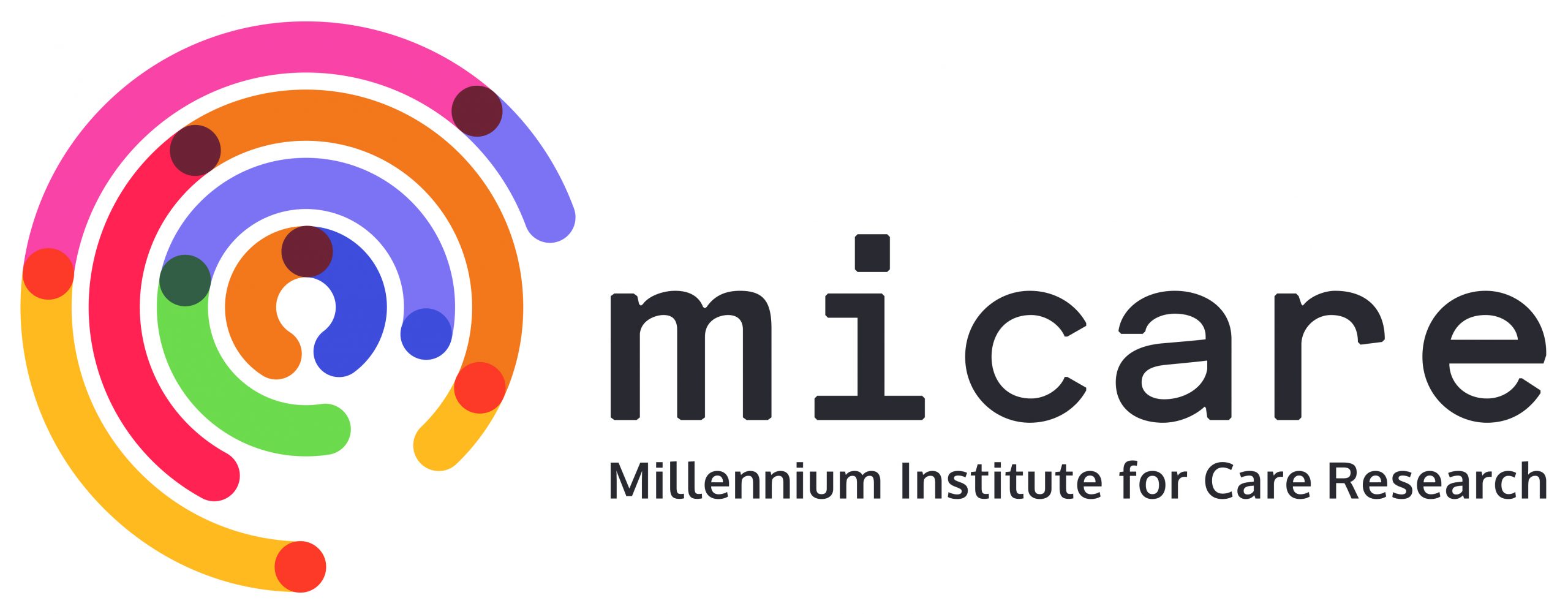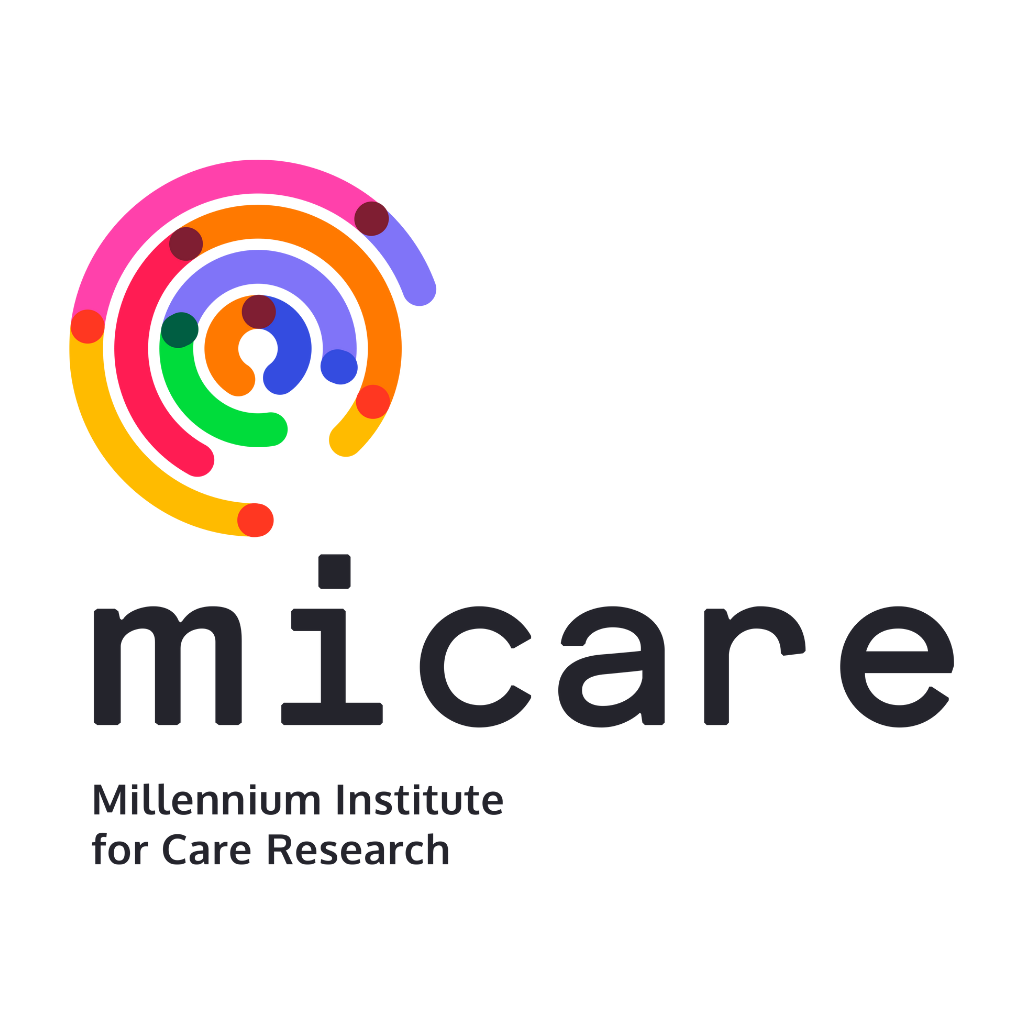A fairer, more inclusive society that values diversity? It’s possible! Here are six ideas to contribute to this in your daily life.
By Gabriela Campillo
Did you know that the current approach to disability is the biopsychosocial model? This model states that disability is neither in the person nor in society, but in the interaction between the two. Therefore, support should be provided to each person, according to their particular characteristics and needs, to favour their participation and self-determination.
MICARE proposes six keys to advance in this task:
1. Incorporate inclusive vocabulary:

- Instead of saying disabled or invalid, we should say person with disability.
- Instead of saying crippled, handicapped, or lame, we should say person with physical disability.
- Instead of saying mongoloid, retard, or mentally retarded, we should say person with intellectual disability.
- Instead of saying “the blind”, “sightless” or “visually impaired”, we should say person with blindness.
- Instead of saying “the deaf,” “deaf-mute”, or “deaf person”, we should say person with deafness.
2. Respect and promote the rights of people with disabilities:

People with disabilities are subjects of full rights. As a society, we must provide the necessary support to eliminate existing barriers and thus achieve their full participation in society.
3. Provide equal opportunities for their full social participation:

This includes accessibility and universal design of goods and services, as well as guaranteeing equal opportunity in access to education, work, health, justice, housing, transportation, empowerment, rehabilitation, being a member of a family and forming a family, living in a community, making one’s own decisions, and having these decisions respected.
4. Establish direct contact with people with disabilities:

Get to know each other, talk to each other, keep getting to know each other and keep talking to each other. This is the best and only way to overcome prejudices!
5. Incorporate the knowledge of experts by experience at the same level as specialists from academia:

“Nothing about us without us.”
This means that people with disabilities themselves, their families and support groups have the primary voice in bringing attention to the issues that matter to them.
This is a goal we pursue at our Institute, which is why we created the MICARE Spokespersons’ Office, formed by people with intellectual and developmental disabilities who are an active part of our research.
6. Promote the use of Easy-to-Read and other types of cognitive accessibility:

For true equality of opportunity, information must also be easily accessible and understandable to all people.
The adaptation of texts to Easy-to-Read format, together with augmentative and/or simplified language, are adaptations that allow real accessibility, especially in the case of people with intellectual disabilities.





